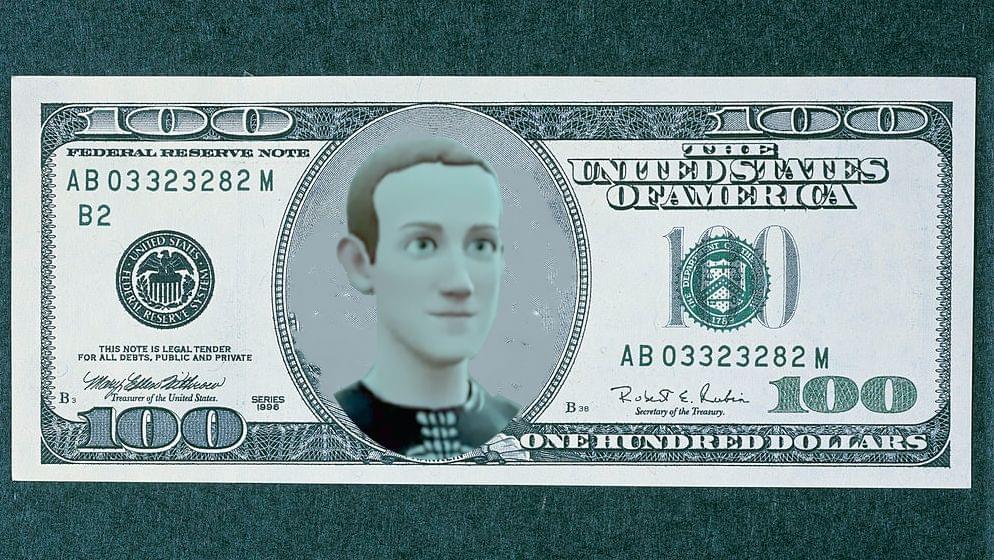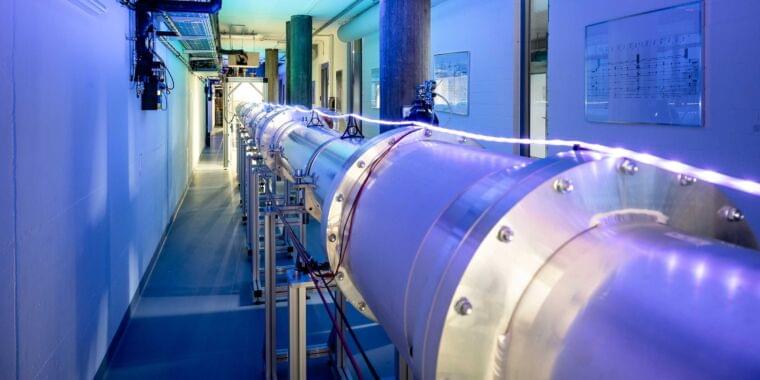May 14, 2023
Experimental simulation of loop quantum gravity on a photonic chip
Posted by Quinn Sena in categories: computing, quantum physics
O.o!!!
The unification of general relativity and quantum theory is one of the fascinating problems of modern physics. One leading solution is Loop Quantum Gravity (LQG). Simulating LQG may be important for providing predictions which can then be tested experimentally. However, such complex quantum simulations cannot run efficiently on classical computers, and quantum computers or simulators are needed. Here, we experimentally demonstrate quantum simulations of spinfoam amplitudes of LQG on an integrated photonics quantum processor. We simulate a basic transition of LQG and show that the derived spinfoam vertex amplitude falls within 4% error with respect to the theoretical prediction, despite experimental imperfections.

















